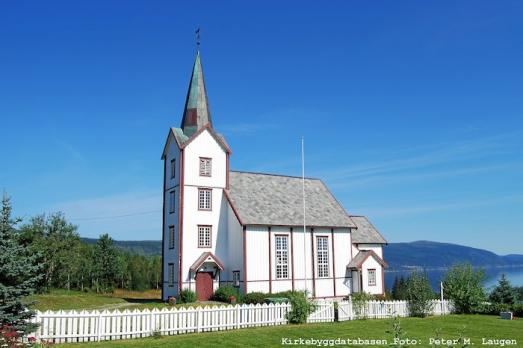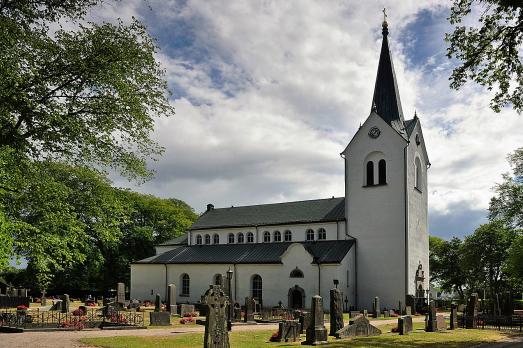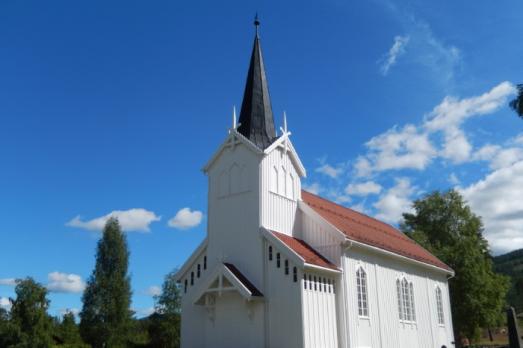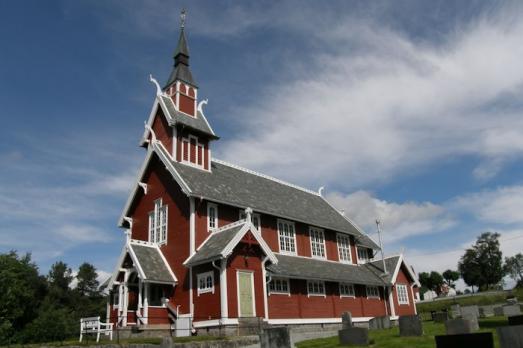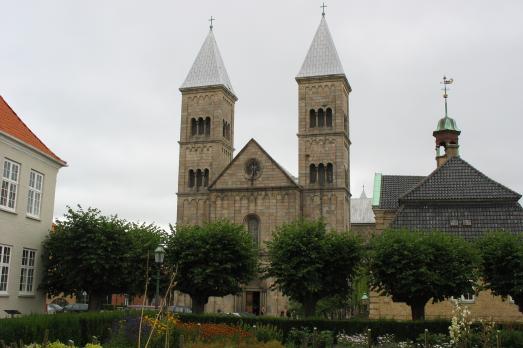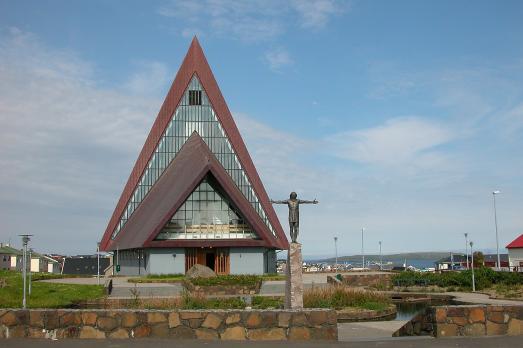
Vesturkirkjan
Tórshavn, FO
The "Western Church" is a modern religious building, the highest on the island at 40.9 metres. The church was consecrated in 1975. It rises above the city as a landmark and its shape seems to be inspired by a ship with a sail. The tower is shaped like a pointed pyramid cut in two vertically. In 2006, a monument by the sculptor Hans Pauli Olsen was erected in front of the church in memory of Sigmundur Brestisson (961-1005), who initiated the Christianisation of the Faroes.
